Ford Mustang (1999-2004) Service Manual: Throttle Position (TP) Sensor
Removal
NOTE: The 3.8L engine is shown; the 4.6L (2V) is similar.
1. Disconnect the battery ground cable. For additional information, refer to Section.
2. Remove the throttle position (TP) sensor.
- Disconnect the connector.
- Remove the screws, and remove the sensor.
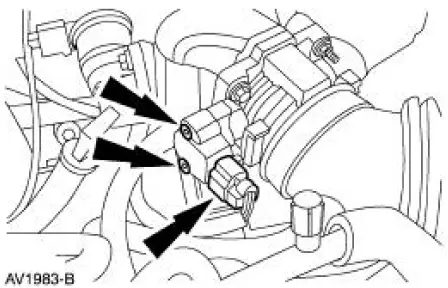
Installation
1. To install, reverse the removal procedure.
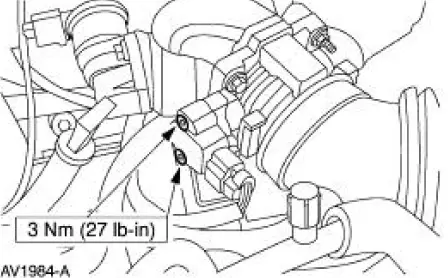
Throttle Position (TP) Sensor -Cobra
Removal and Installation
1. Disconnect the throttle position (TP) sensor electrical connector.
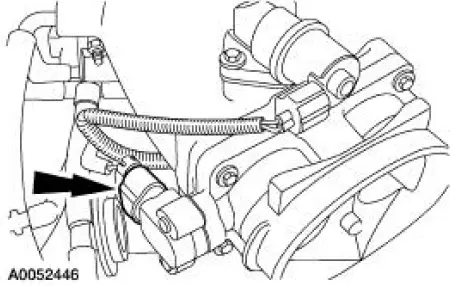
2. Remove the bolts and the TP sensor.
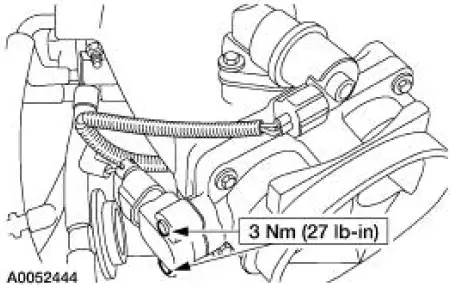
3. To install, reverse the removal procedure.
Throttle Position (TP) Sensor -Mach I
Removal and Installation
1. Remove the air intake scoop bracket. For additional information, refer to Section.
2. Disconnect the throttle position (TP) sensor electrical connector.
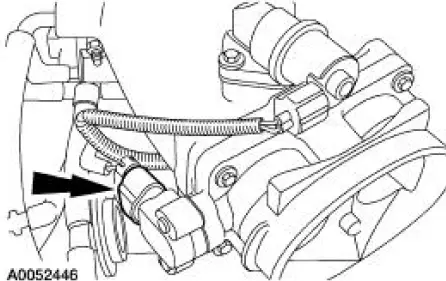
3. Remove the bolts and the TP sensor.
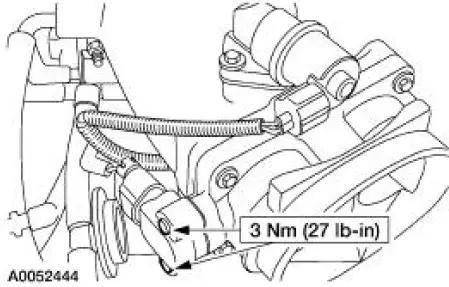
4. To install, reverse the removal procedure.
 Powertrain Control Module (PCM)
Powertrain Control Module (PCM)
Removal
1. Disconnect the battery ground cable. For additional information,
refer to Section.
2. Remove the RH front door scuff plate.
3. Remove the RH cowl side trim panel.
Remove the ...
 Idle Air Control (IAC) Valve - 3.8L
Idle Air Control (IAC) Valve - 3.8L
Removal
1. Disconnect the battery ground cable. For additional information,
refer to Section.
2. NOTE: Discard the idle air control (IAC) valve gasket.
Remove the IAC valve.
Disconnec ...
Other materials:
Mounting Arm and Pivot Shaft
Removal
1. Park the windshield wipers in the full upright position. This will
allow for easy access to the
retaining clip on the wiper motor output shaft.
2. Remove the cowl top vent panels.
3. Disconnect the battery ground cable.
4. Disconnect the ...
General information
Make sure you review your device’s manual before using it with SYNC.
Support
The SYNC support team is available to help you with any questions you
cannot answer on your own.
Monday-Saturday, 8:30am-9:00pm EST.
Sunday, 10:30am-7:30pm EST.
In the United St ...
Knock
Knock, which can occur on all driving phases, has several causes including
damaged teeth or gearset.
In most cases, one of the following conditions will occur:
1. A gear tooth damaged on the drive side is a common cause of the knock.
This can usually be
cor ...
